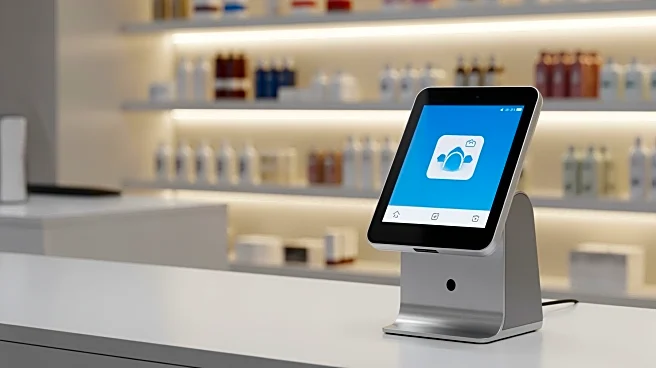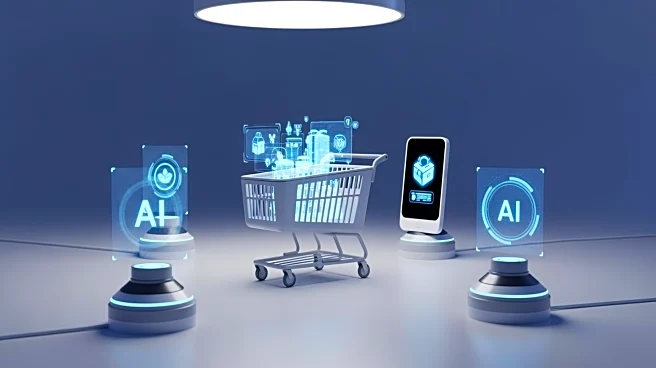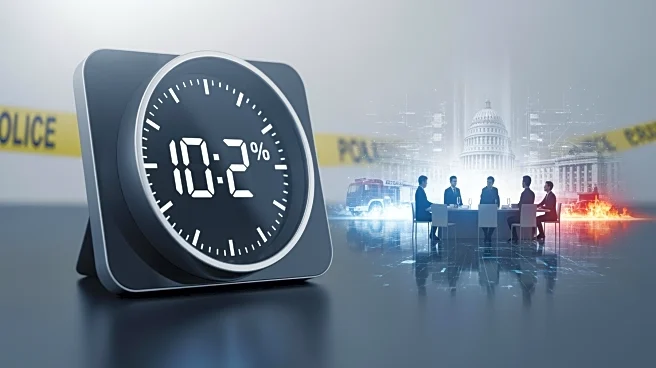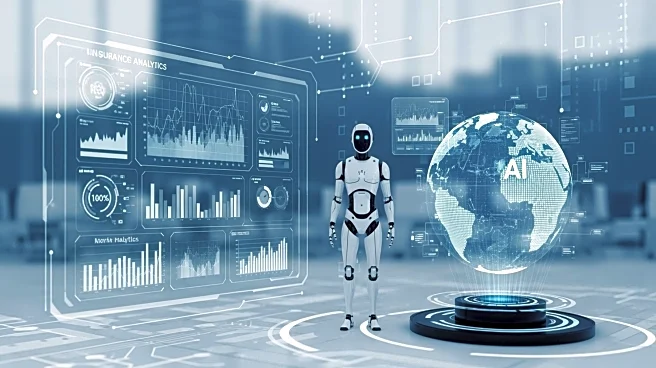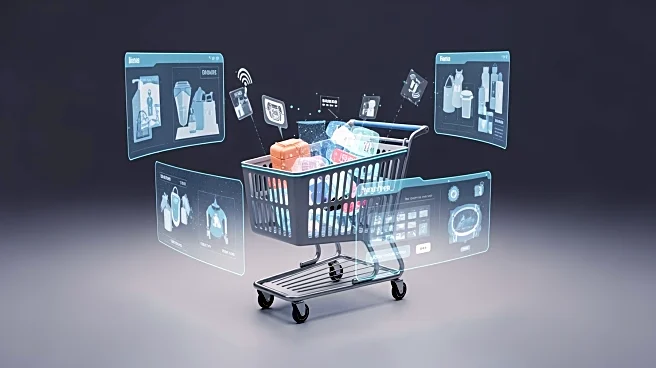What's Happening?
Retailers are increasingly integrating in-store technologies to improve operational efficiency and customer experience. Key technologies include self-checkout systems, digital payments, and mobile applications
for self-service payments. Innovations such as robotic shops, exemplified by JD's operations in the Netherlands, are also gaining traction. These technologies are part of a broader digital transformation in retail, driven by the need to adapt to changing consumer behaviors and the competitive landscape. Retailers are investing heavily in IT, with the market value for IT spending in retail projected to grow significantly by 2030.
Why It's Important?
The adoption of in-store technologies is crucial for retailers to remain competitive in a rapidly evolving market. These technologies not only streamline operations but also enhance the shopping experience, leading to increased customer satisfaction and loyalty. By leveraging AI, IoT, and mobile apps, retailers can gain insights into customer behavior, optimize store layouts, and improve product placements. This technological shift is expected to drive significant growth in the retail sector, with potential benefits including higher sales, improved store management, and new revenue streams.
What's Next?
Retailers are expected to continue investing in in-store technologies, with a focus on integrating these tools into their operations to create seamless and personalized shopping experiences. The ongoing digital transformation will likely lead to further innovations in areas such as AI-driven personalization, augmented reality, and smart shelves. As these technologies mature, retailers will need to adapt their strategies to fully leverage their potential and meet the evolving demands of tech-savvy consumers.
